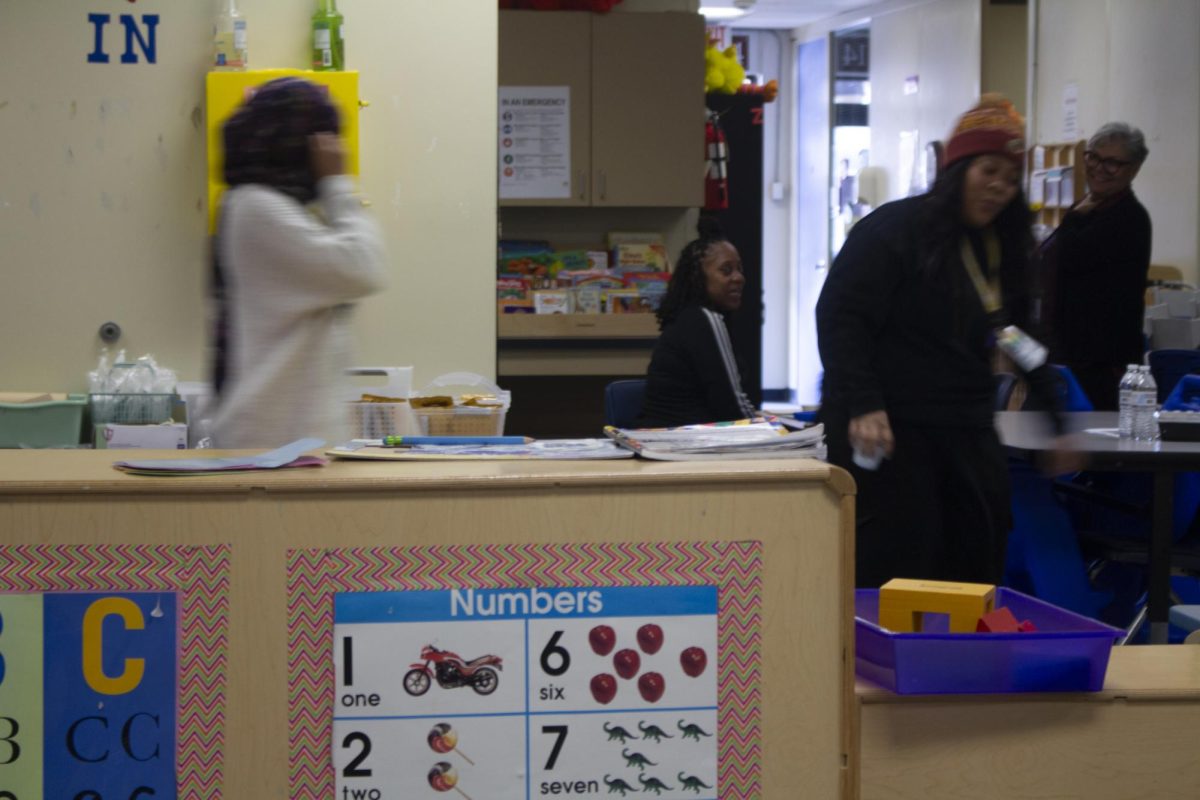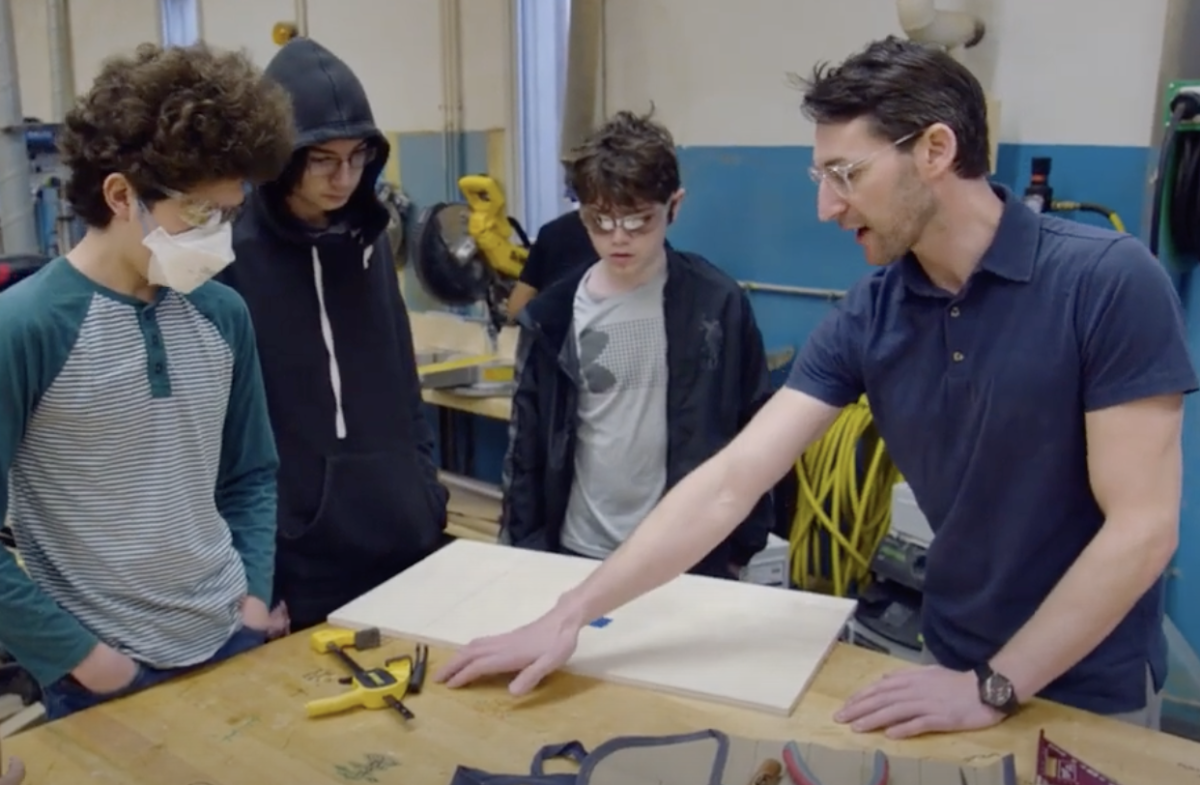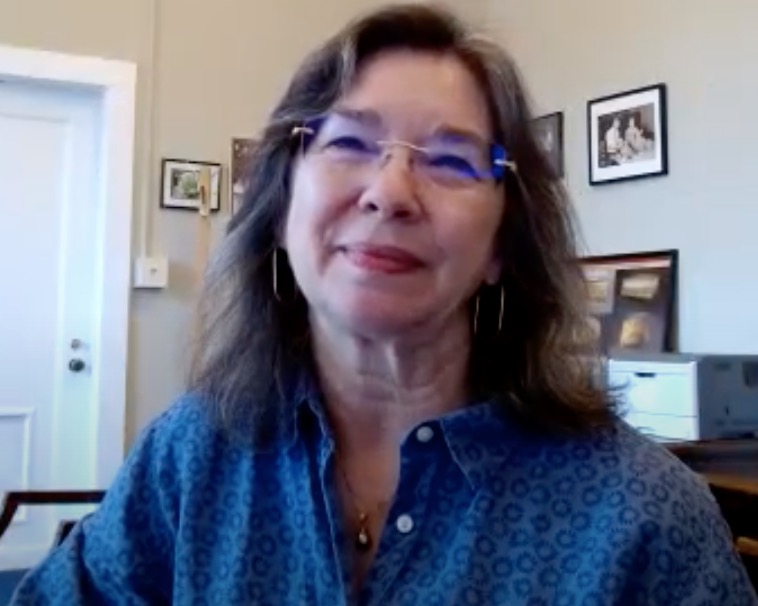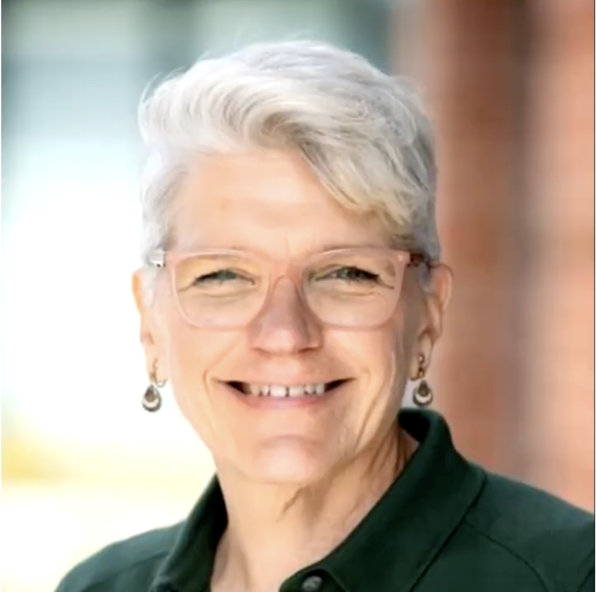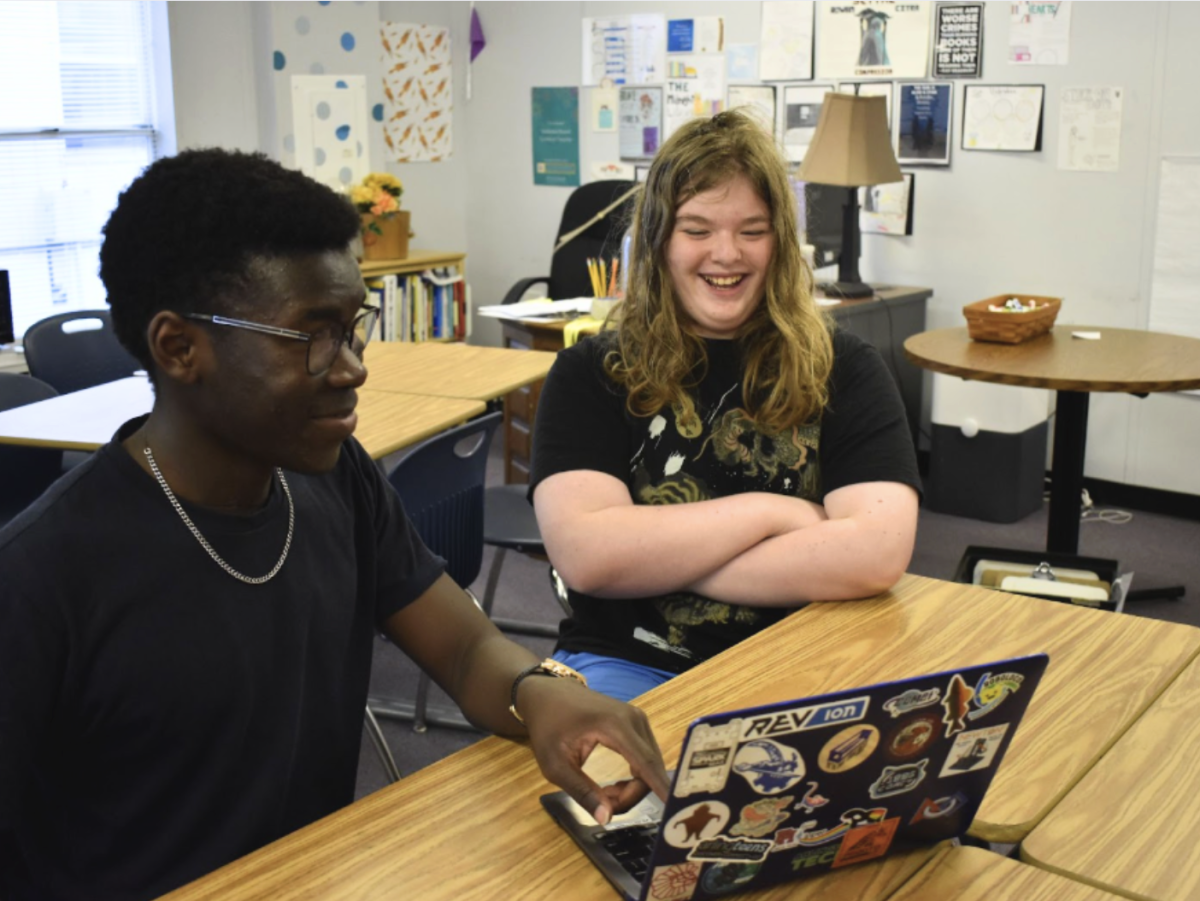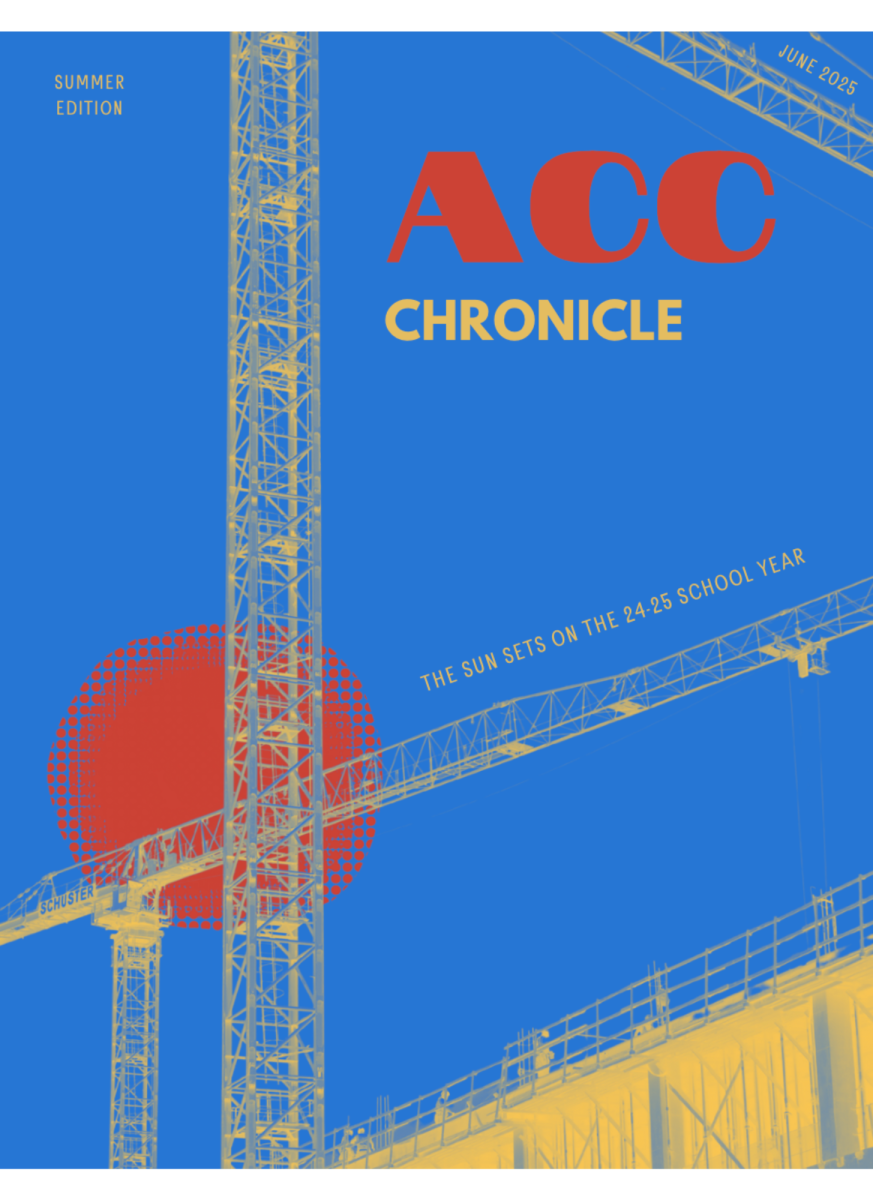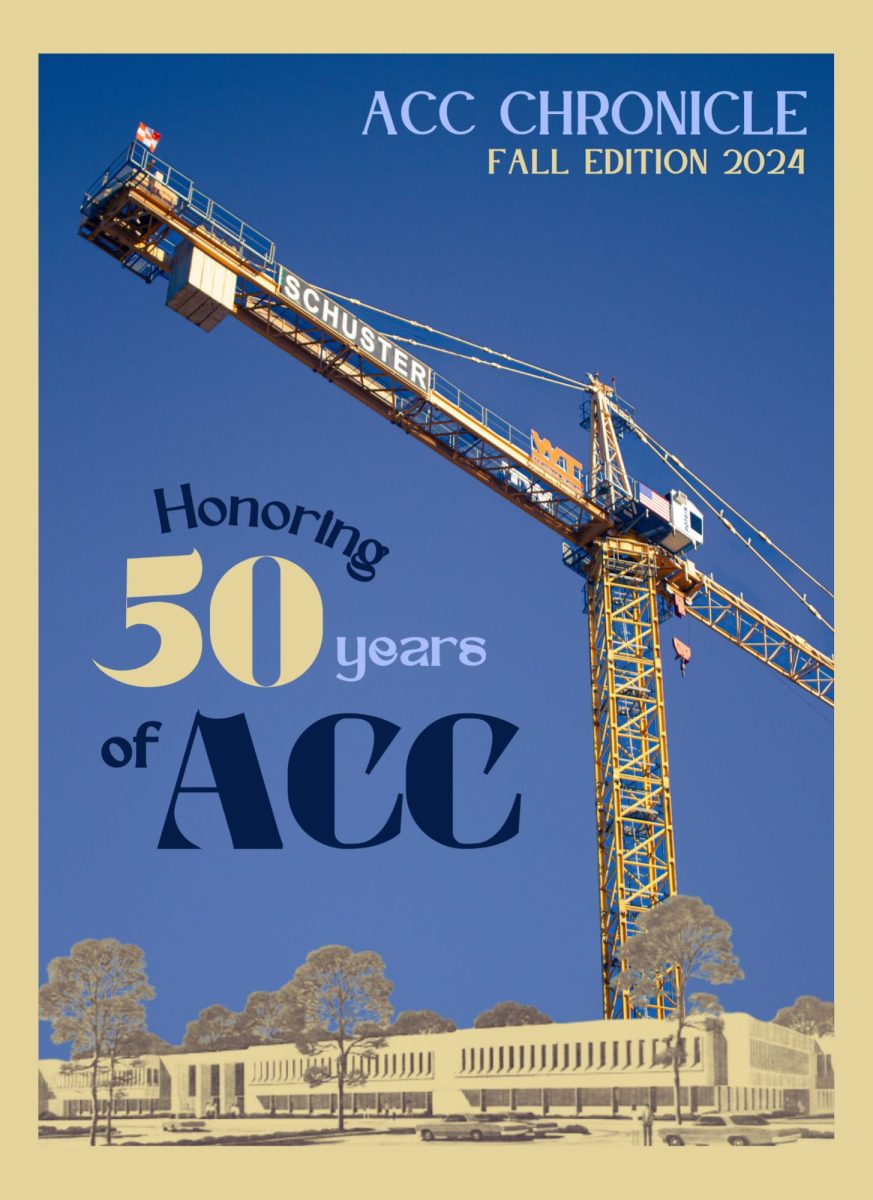Op-Ed: School Choice
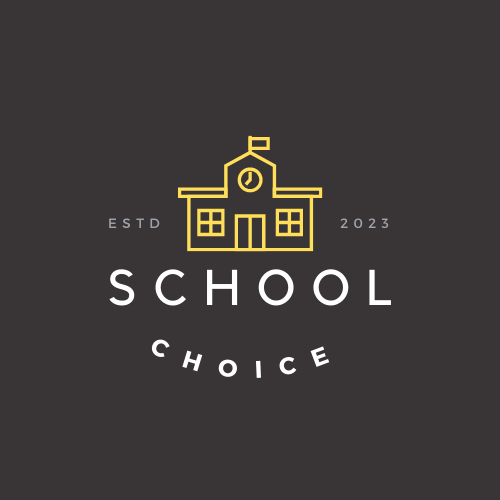
June 9, 2023
The United States needs to rethink how we approach education. In the most recent National Assessment of Educational Progress, 69% of eighth graders performed below proficiency in reading. Equally staggering, 74% of eighth graders performed below proficiency in mathematics. That is an astonishing portion of our students that are not proficient in basic subjects, proof that educational options require reform. More specifically, we need to refocus our attention towards school choice. The United States has a decent amount of school choice, however, there’s a lot of room for growth. As an aspiring future educator myself, I strive to see a future where every student can succeed and find an educational system that works best for them. Our government must work to support its students first and foremost, especially when proficiency rates are as low as they are today. Research has shown the benefits of choice schools on student performance. One study, conducted by Stanford University economist Caroline Hoxby on New York City students, found that students who attended charter schools outperformed their regular public-school peers. By the end of eighth grade, charter school students scored thirty points higher than their traditional public-school peers in mathematics. Furthermore, choice schools tend to have smaller class sizes than traditional schools.Class size has a profound effect on student achievement; teachers can focus on students individually and adapt more easily to each child’s learning style. Isn’t that astonishing? The simple action of giving students the option to choose a school other than their district-assigned school has such a significant effect on their further academic achievement. The government has a plethora of policy options to aid in the expansion of choice schools. Our best options include nationwide open-enrollment and an allocated budget towards choice schools. First, open enrollment would allow students to go to traditional public schools outside of their assigned district school.
As of 2022, most states have some form of open enrollment policy – many with strict criteria that families must meet. In fourteen states, however, students can enroll in any traditional public school that they wish. Through policy, we can expand this notion across the remaining thirty-six states. School choice is all about finding programs that support each student’s unique talents and learning styles. Opening enrollment opportunities throughout the nation is an excellent way to achieve this. Additionally, a 2022 national study by EdChoice shows that 74% of U.S. adults support open enrollment policies. Having a nationwide open-enrollment policy is a simple way to promote school choice without making a huge change in our current education system. Arguably, however, the most important aspect of opening enrollments is the fact that it would promote competition between traditional public schools. Promoting competition in public schools would push them to innovate and become better for their students. Next, we need to allocate more of the K-12 budget towards choice schools. This would allow for choice schools across the United States to expand and grow their programs for students. Research suggests that allocating more funds towards choice schools would largely leave public schools unharmed and unaffected. In fact, during the 2019 fiscal year, most states with school choice programs only spent 1% of their annual K-12 budget on choice school programs, suggesting allocations towards choice schools would largely leave public schools unaffected. All in all, the government has many options at their disposal. We can keep sitting back and allowing students to fall through the cracks, decreasing the percentage of proficient students in crucial subjects. We can keep pushing traditional public schools and a one-size-fits-all approach onto our students. Or we can adapt our mindset and focus on school choice, educational autonomy, and work towards a future where students are free to find a school that works for them – not the other way around.










